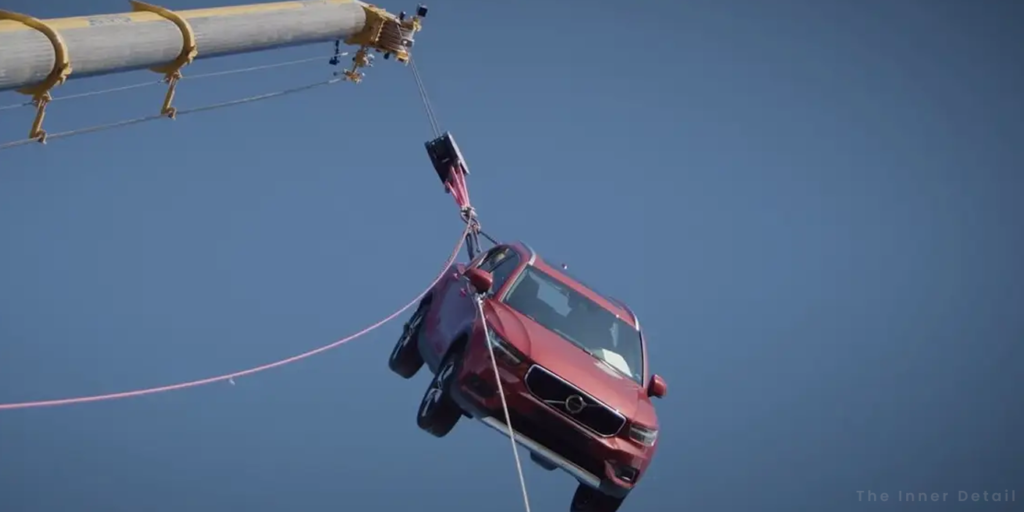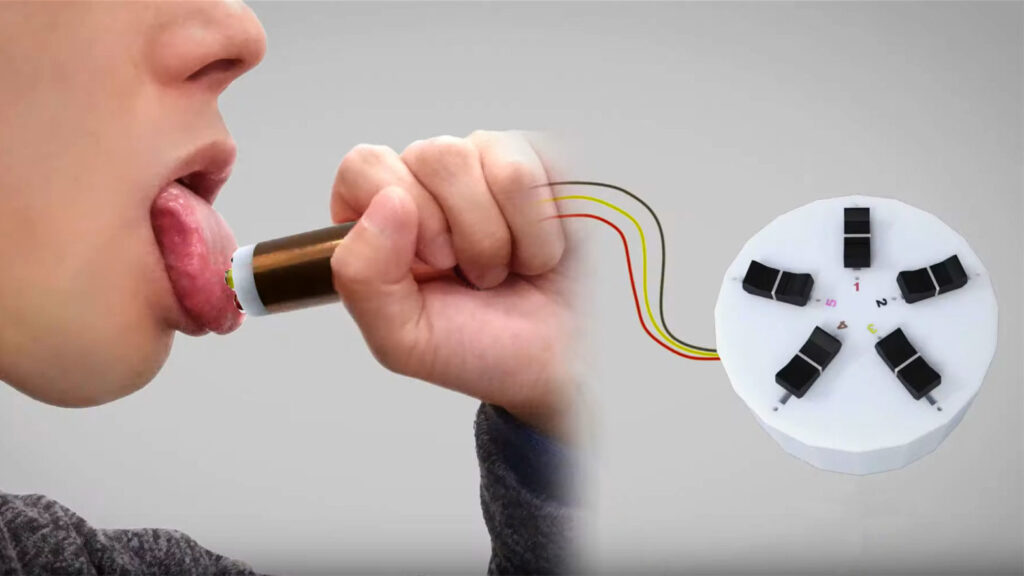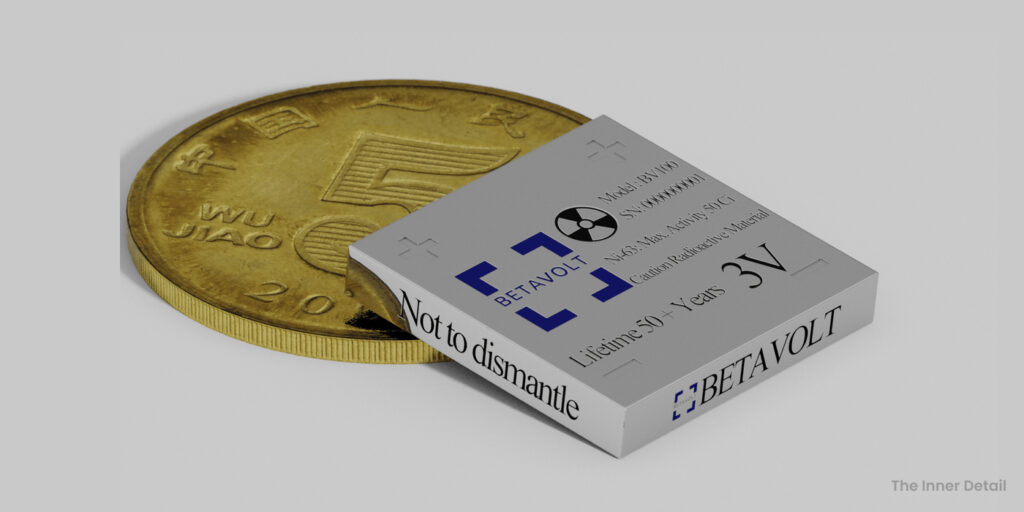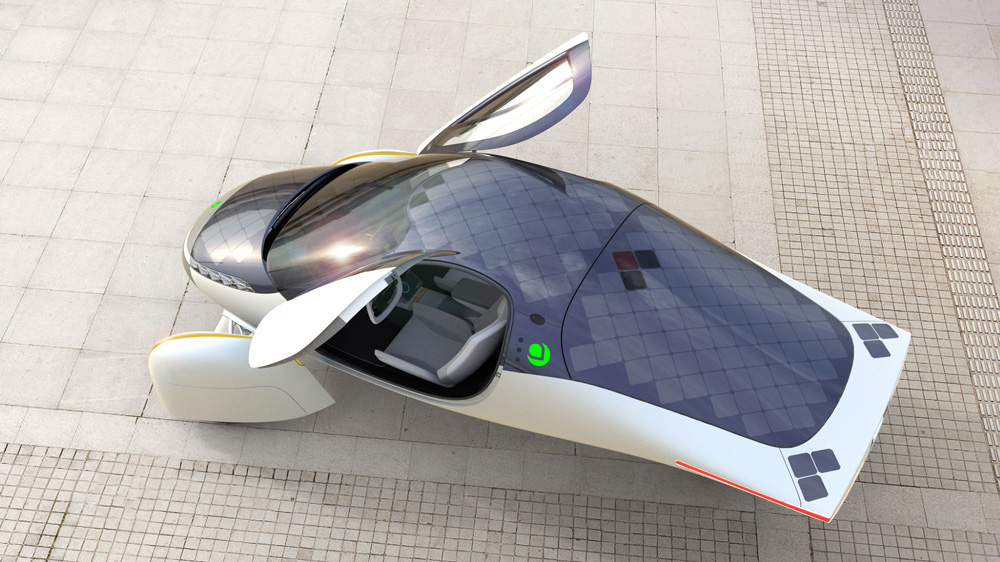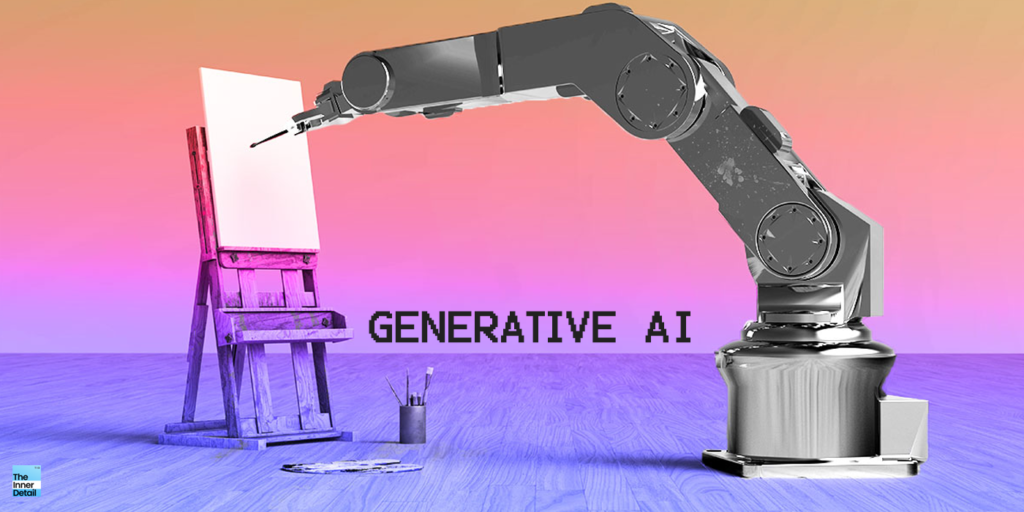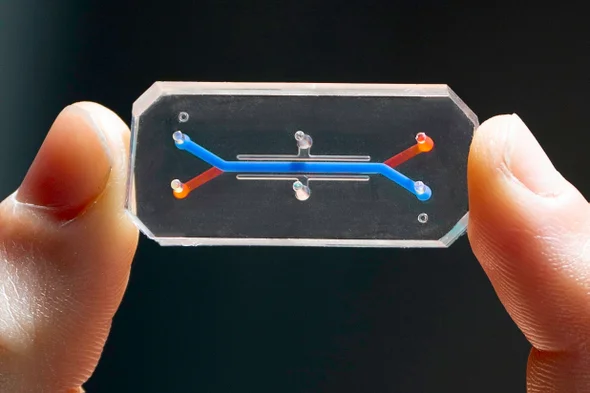Volvo has been the frontier in the automobile industry in terms of safety for decades by introducing several safety features that’s available in almost all cars now, thanks to its breakthrough R&D and the firm’s notion – to produce safest cars in the world.
It’s not the question of strongest cars, but the motive to protect the passengers inside at times of accidents and efforts to make the car-space comfortable and secure. Volvo holds a huge experience in the field, ever since its beginning years. Most of the safety features we find in car, are introduced by Volvo to the market, including the seat-belt that goes across passengers in all cars, both in front and rear seats.
The firm keenly foresees wrecks that could happen in cars and idealizes the solution, without compromising the performance of them. And here you will see why “Volvo” bags the title of “World’s safest car-maker” for decades.
7 Safety Features introduced by Volvo
Three-Point Safety Belt in 1959
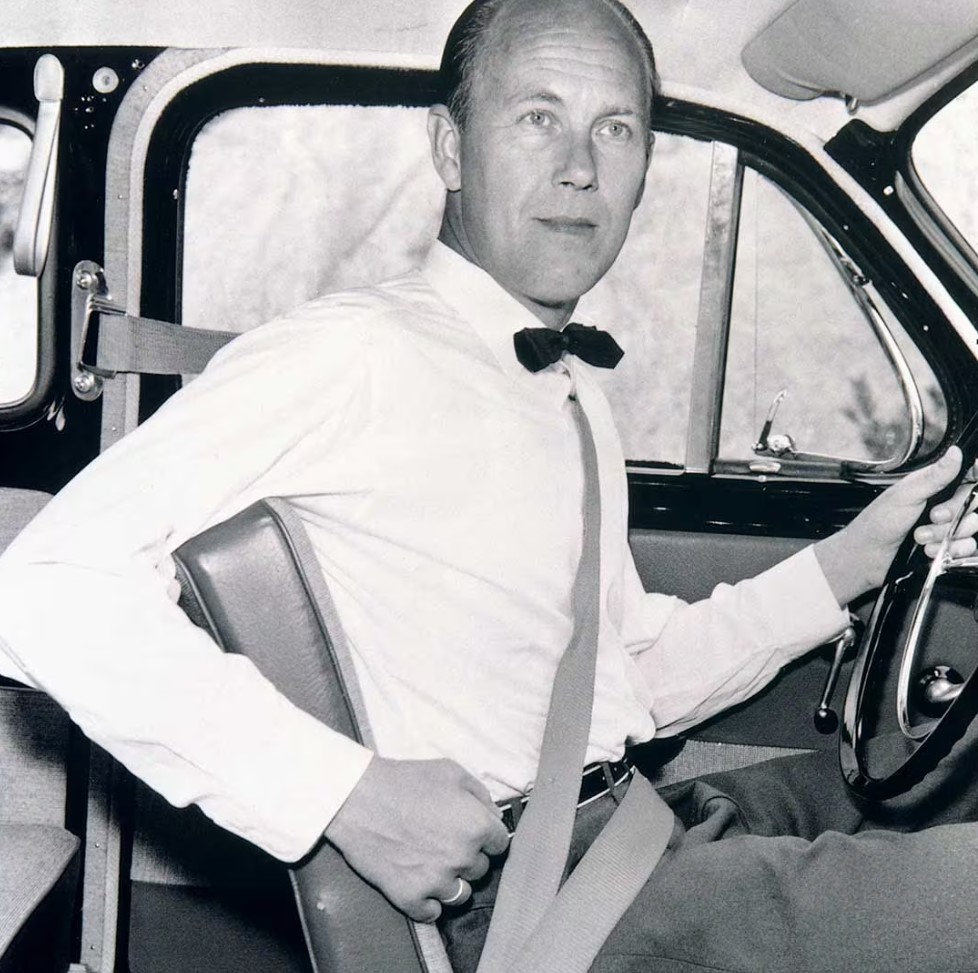
A standard two-point Seat belts emerged in early 1950s, but was offered only as an addon feature to the consumers. In 1959, Swedish inventor Nils Bohlin developed the modern three-point safety-belt for Volvo. Volvo, after considering the potential of the same, made seat-belts as standard equipment in all cars. Indeed, it made available the patent to be used by all its peers, in view of customer’s safety.
Integrated Booster Cushion in 1990
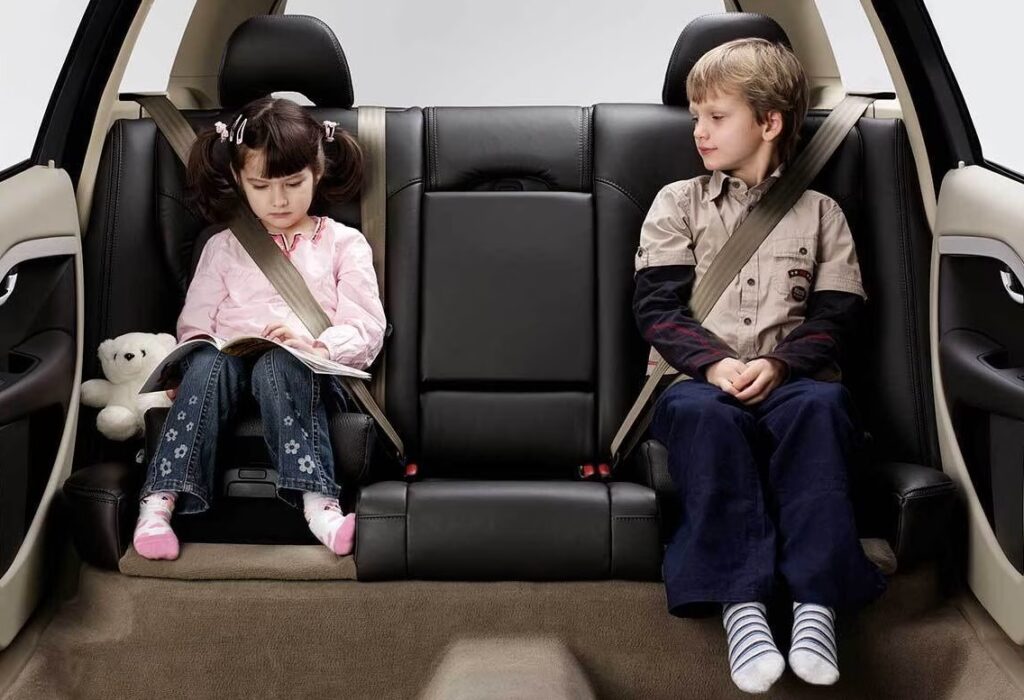
Volvo was the first car manufacturer to introduce built-in booster cushion for increased child safety and comfort. The cushion at the rear-seat also fetches a better seating position for the child, allowing them to witness the sceneries outside. It was launched with Volvo 850 and 900 series with a smart fold down and out design.
Side Impact protection System in 1991
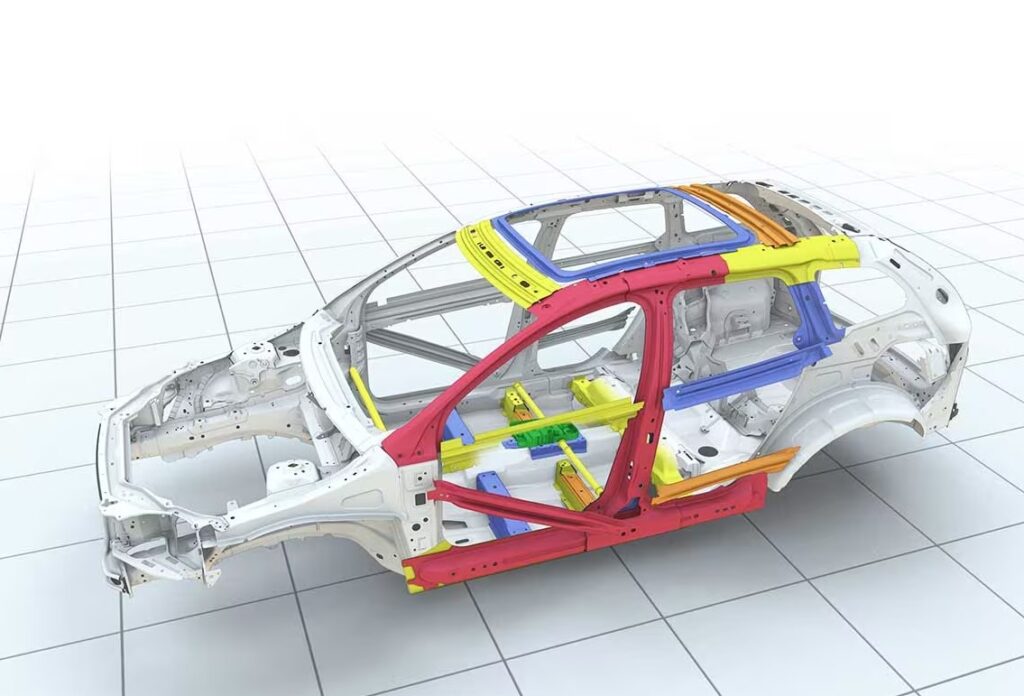
In order to enhance the safety for passengers, Volvo was the first to introduce another great feature – Side impact Protection System (SIPS). SIPS includes an ultimately rigid structure and energy-absorbing materials on the inside, that can eliminate injuries due to side impact collisions by approximately 40%. SIPS also comprises of side-mounted air bags, which adds safety to the commuters.
Whiplash Protection System (WHIPS) in 1998
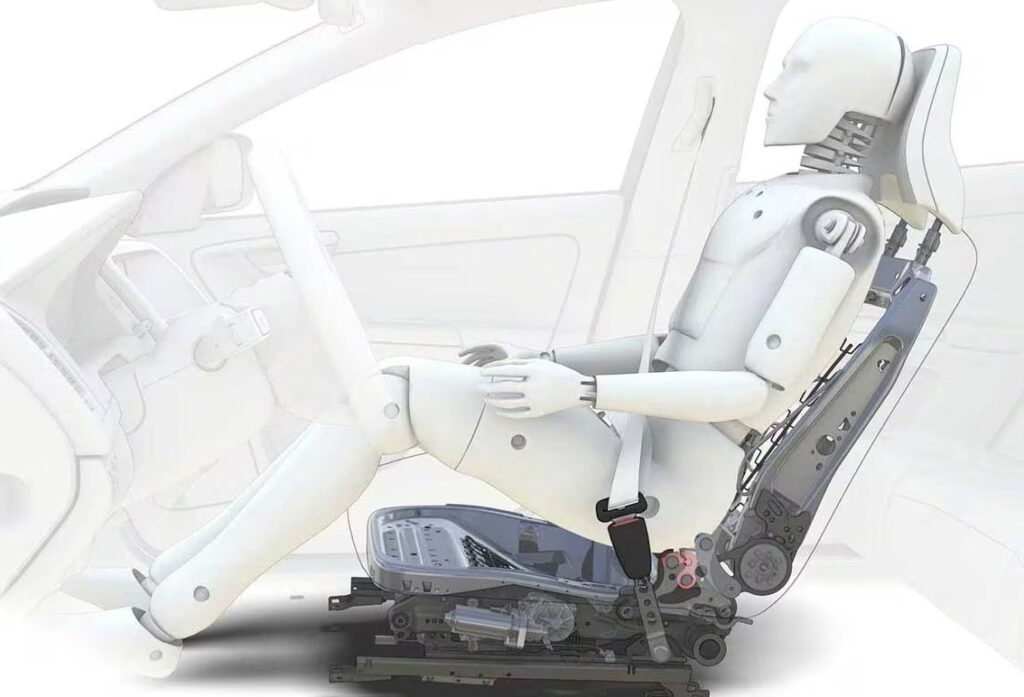
Whiplash injuries in car accidents occur due to sudden jerk or tilt of cars that might result in long-term pain and disabilities. Mostly impacting the back and head of the occupants, Whiplash injuries may also lead to spine or neck bruises. Volvo collaborated with orthopedic surgeons for designing ergonomic seats that would help avoid whiplash injuries. In Volvo XC90, the seats are equipped with a spring which absorbs the compression or effect of accidents and prevents back injuries. WHIPS system reduces the risk of severe whiplash injury with 40% and overall injury reduction of 50%, study shows.
WHIPS consists of both the high head restraint close to the head, a well-developed seat back structure in order to meet the moving body of the occupant effective and evenly, in combination with a built-in energy absorption in the joint between the seat back and the seat cushion.
Roll-over Protection System (ROPS) in 2002
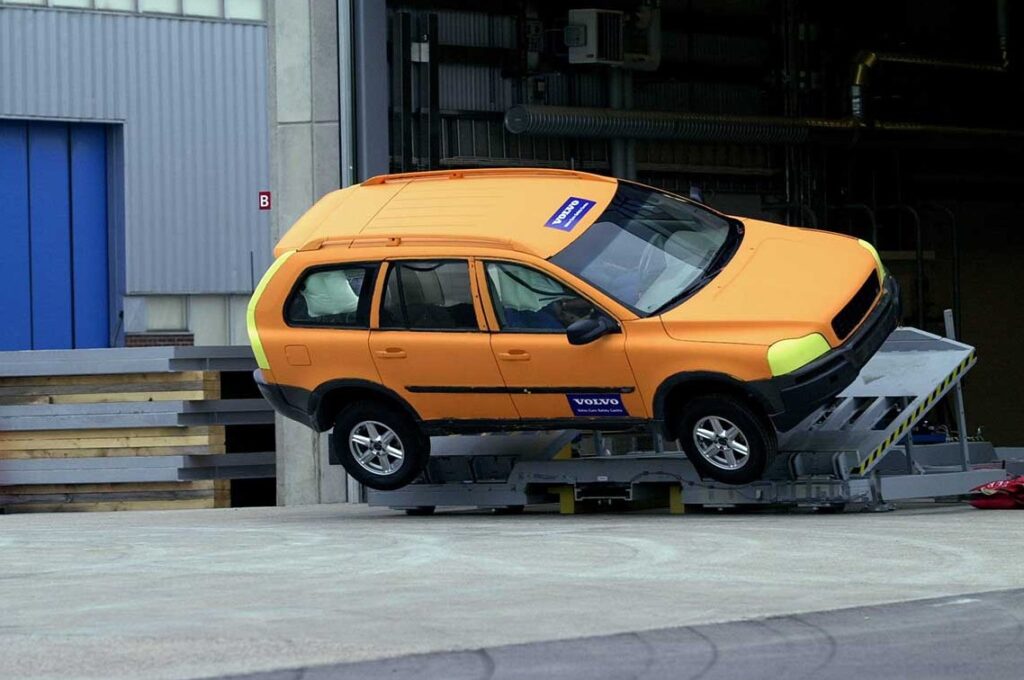
Again, Volvo was the first to idealize and implement roll-over protection system in its SUVs. The Sweden car-maker enhanced SUV’s stability with a sophisticated electronic roll stability control system and secondly, they improved their body design and structure to better protect the occupants in cases of a rollover accident. The ROPS uses a gyroscopic sensor that registers the amount of change in the lateral angle at which the vehicle is leaning. Using this information, the controller unit calculates the likelihood of a rollover. If there is an imminent risk of a rollover, the system cuts the power to engine and applies brakes to one or more of the wheels until the stability of the vehicle is regained.
Blind Spot Information System (BLIS) in 2003
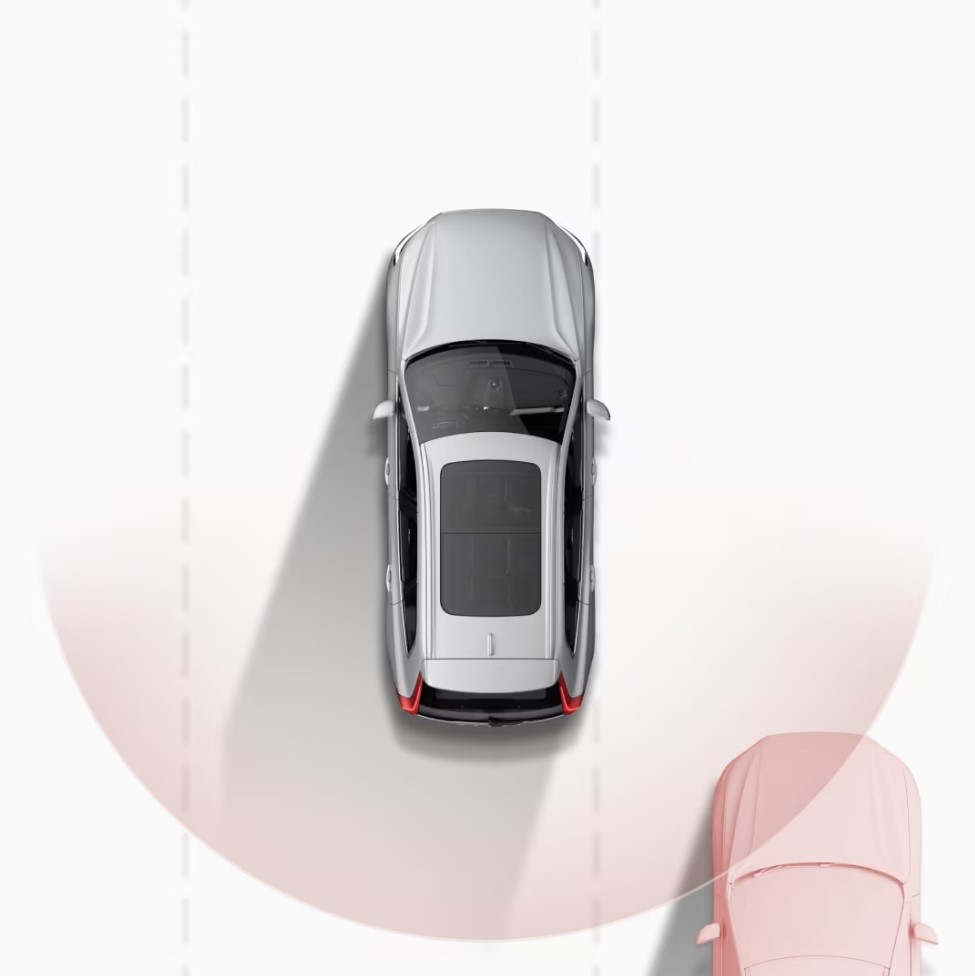
Blind Spot information system or monitoring is a vehicle-based sensor device that detects vehicles hidden to driver’s side and rear, what they call “blind spots” in automobile industry. BLIS system uses camera or radars to detect vehicles alongside and offset to the rear of the vehicles. When a car enters the blind spot area, a warning light comes on near the door mirror, providing the driver enough data while switching between lanes.
Pedestrian detection with Auto-Braking in 2010
Volvo was the first to bring auto-braking system that would automatically brake if someone steps in front of the car and if the driver fails to apply the brake. The system uses radar and cameras that is designed to apply the brakes fully on such mentioned incidents.
EVA – Equal Vehicles for All in 2019
Volvo have collected crash data since the 1970s to better understand what happens during a collision – regardless of size, gender, or body shape. With the EVA initiative, Volvo made all its research on safety and car accidents easily accessible in a digital library, making it available to anyone.
Volvo’s take on Technology features in Dashboard
Nowadays, people expect a technology-bounded interiors in a car, with lots of features and customizability for an easy commute. Safety is not just an engineering approach today, but a jointed application of technology, sensors, and more.

Volvo keeps up with this speed of change in bringing new features to cars, but also wants the interiors to be concise and should be of no complexity for the user. The firm calls lots of features in the dashboard as distractions and works with researchers to understand problems or the need of customers to put the apt features right on the front.
The firm also learns and adapt from its sister company “Polestar”, a Swedish-based EV maker that’s ‘technology and performance’ centric. “I think what we’re seeing is a transformation of the industry like we did in the mobile industry some time ago, where new capabilities, new possibilities, new sensors are coming in, so I think it’s a really interesting area,” said Thomas Stovicek, head of UX for Volvo.
Volvo employs behavioral psychologists on its research team to understand what feature will be most needed for drivers to add that up in the dashboard’s front-screen.
Volvo has earned high reputation in automotive industry for being the kind it has been since its initial years – putting safety first and whatever the firm brought were phenomenal in improving the safety for passengers. Volvo has also several other breakthroughs in safety of cars.
“Cars are driven by people. The guiding principle behind everything we make at Volvo therefore is, and must remain, safety,”
Gustaf Larson, Co-founder of Volvo
(For more such interesting informational, technology and innovation stuffs, keep reading The Inner Detail).
Kindly add ‘The Inner Detail’ to your Google News Feed by following us!
